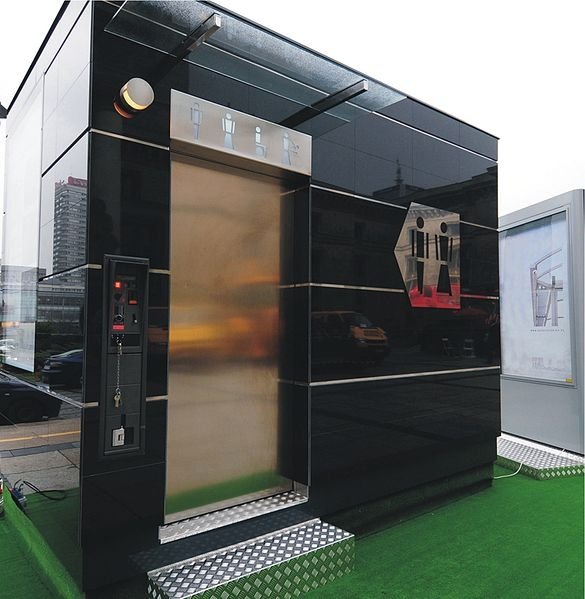|
|
Public Toilets In Different Countries
|
According to Teresi et al. (2002):
The third millennium B.C. was the "Age of Cleanliness." Toilets and sewers were invented in several parts of the world, and Mohenjo-Daro circa 2800 B.C. had some of the most advanced, with lavatories built into the outer walls of houses. These were "Western-style" toilets made from bricks with wooden seats on top. They had vertical chutes, through which waste fell into street drains or cesspits. Sir Mortimer Wheeler, the director general of archaeology in India from 1944 to 1948, wrote, "The high quality of the sanitary arrangements could well be envied in many parts of the world today."
The toilets at Mohenjo-Daro, were only used by the affluent classes. Most people would have squatted over old pots set into the ground. The people of the Harappan civilization in Pakistan and north-western India had water-flushing toilets in each house that were linked with drains covered with burnt clay bricks.
Early water flushing toilets are also found at Skara Brae in Orkney, Scotland, which was occupied from about 3100 BC until 2500 BC. Some of the houses there have a drain running directly beneath them, and some of these had a cubicle over the drain. Around the 18th century BC, toilets started to appear in Minoan Crete; Egypt in the time of the Pharaohs and ancient Persia. In Roman civilization, toilets were sometimes part of public bath houses.
|
|









